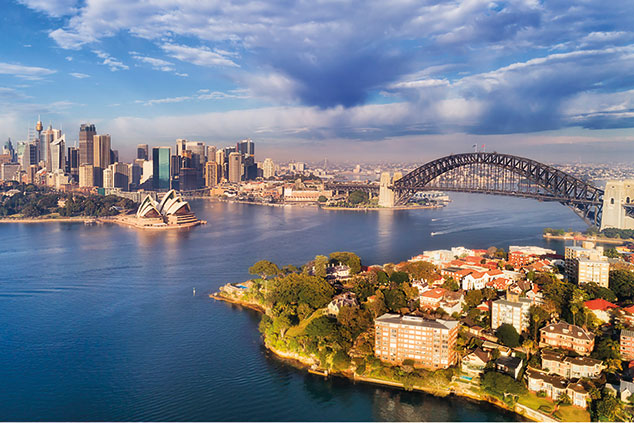
Australian house prices fell for the ninth consecutive month in June, leaving them 1.3% lower than the peak in September last year. The fall is especially pronounced in big cities, with prices down 4.5% in Sydney in the year to June. This may not sound very alarming, but in a housing market where many loaded up on interest-only mortgages during the good times, it could be enough to leave some people in negative equity, notes Frank Chung for News.com.au.
By mid- 2015, interest-only loans accounted for a staggering 46% of all new mortgages, says Bloomberg. Australian household debt sits north of 120% of GDP, comfortably the highest in the G20. In the UK the figure is 87%, in Germany, 52%.
But why so much debt? The “lucky country” hasn’t had a recession for nearly 27 years and kept growing throughout the financial crisis, thanks to a commodity export boom to China. Tourism and the higher-education sector bolstered growth once raw materials went off the boil. For years now, politicians have been encouraging residents to get on the housing ladder as part of the “Australian dream”, says Bloomberg. This push was aided by lax lending practices at banks, which are now at the centre of multiple scandals and an official investigation. The current slowdown seems to have been precipitated by regulators imposing tighter rules on credit that have caused the value of new interest-only lending to dive 57% in a year.
Australia’s economy is still forecast to carry on growing through to 2020, but it faces headwinds that it hasn’t experienced in a generation. It’s not just the housing squeeze: being the “developed world’s most China-dependent economy” is really not good news if it comes to a trade war between the world’s two top economies.